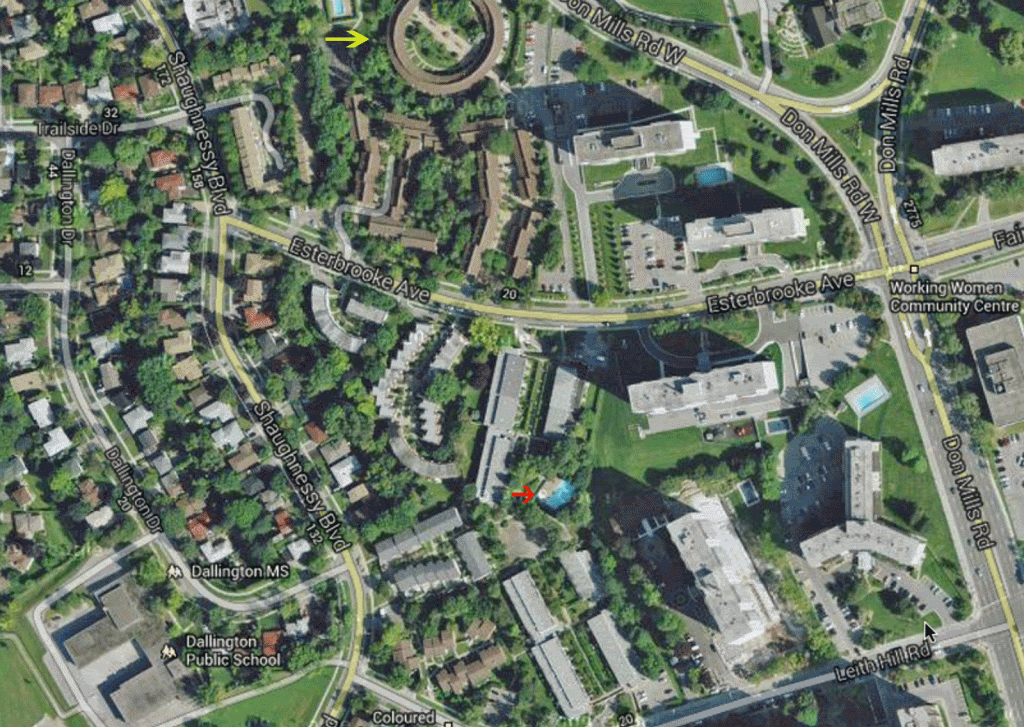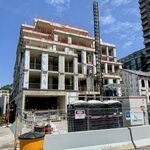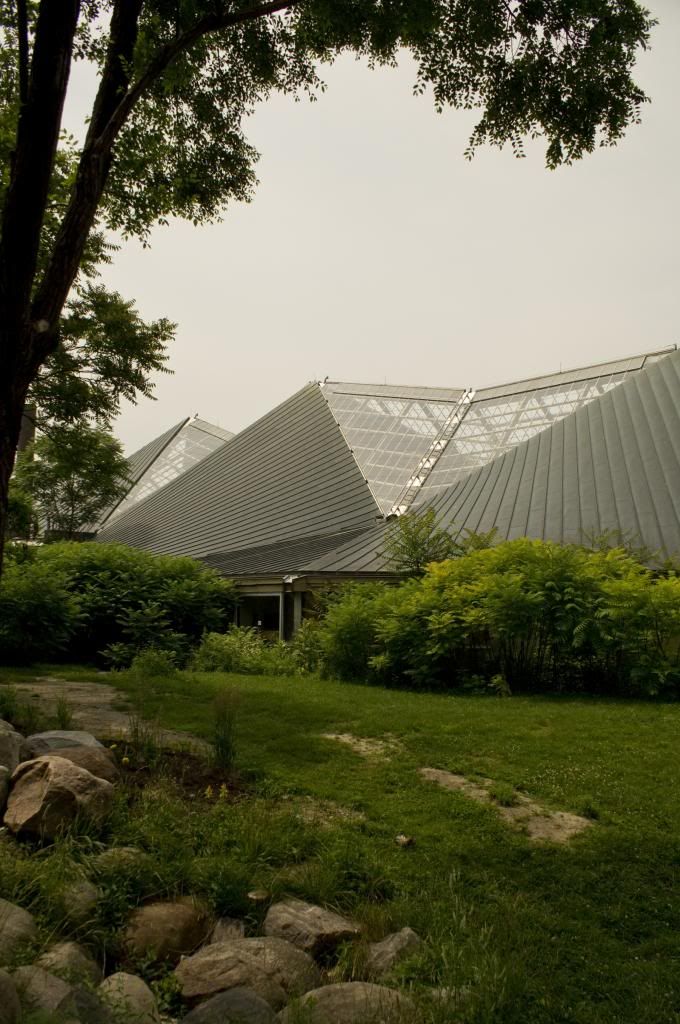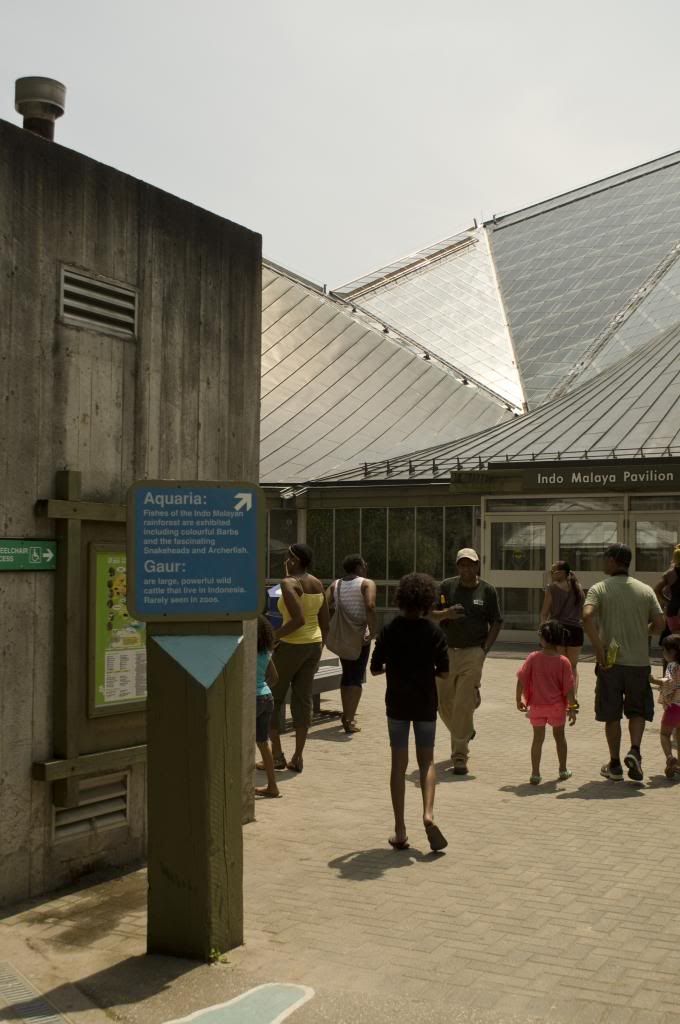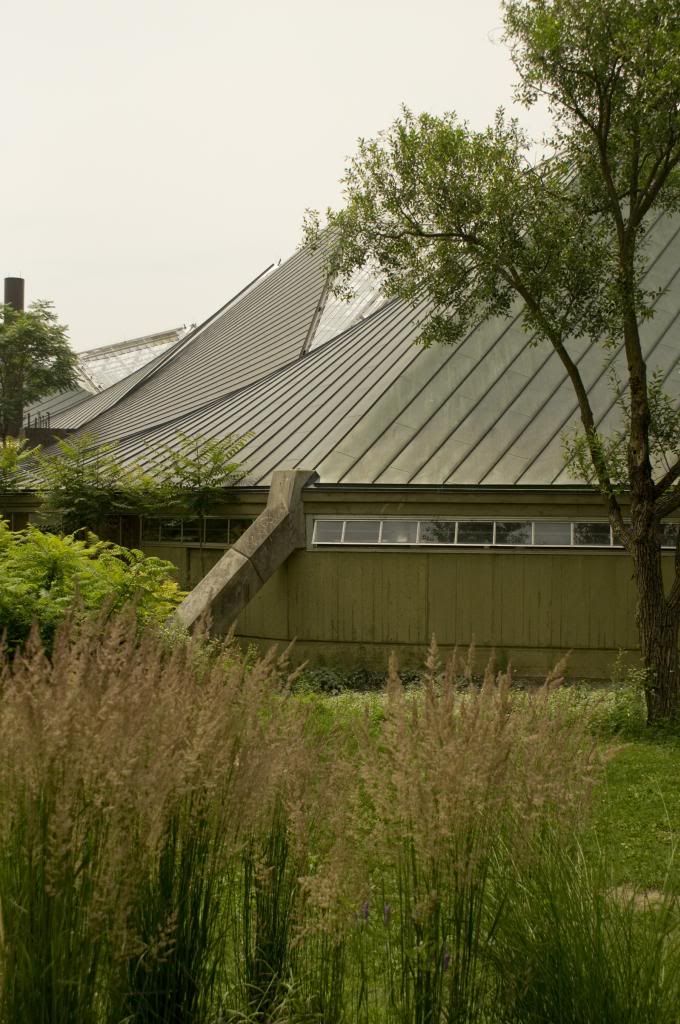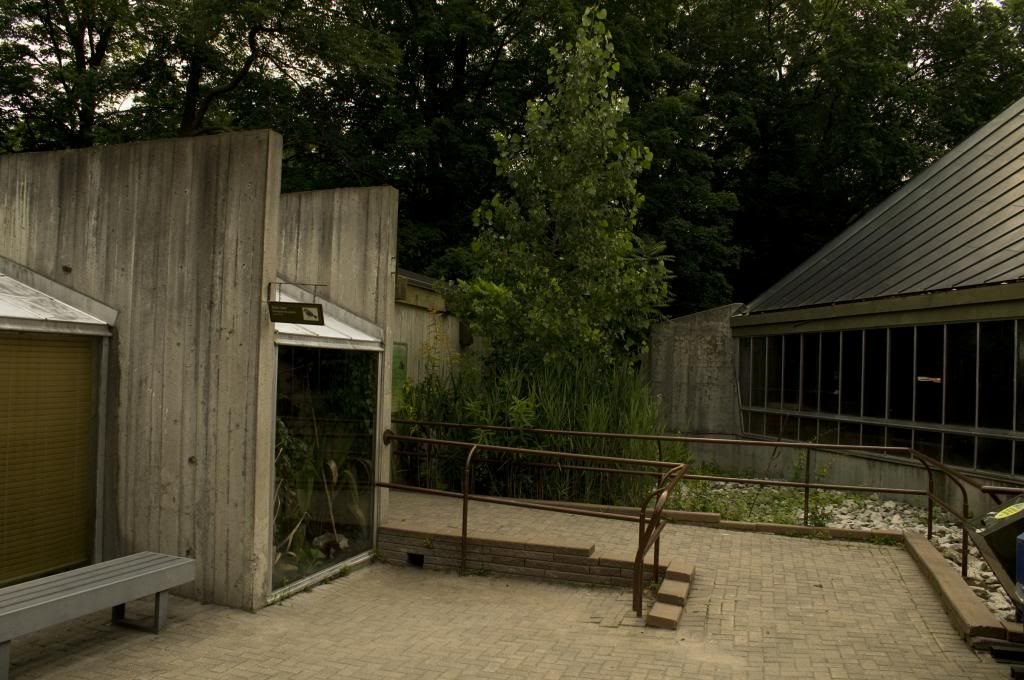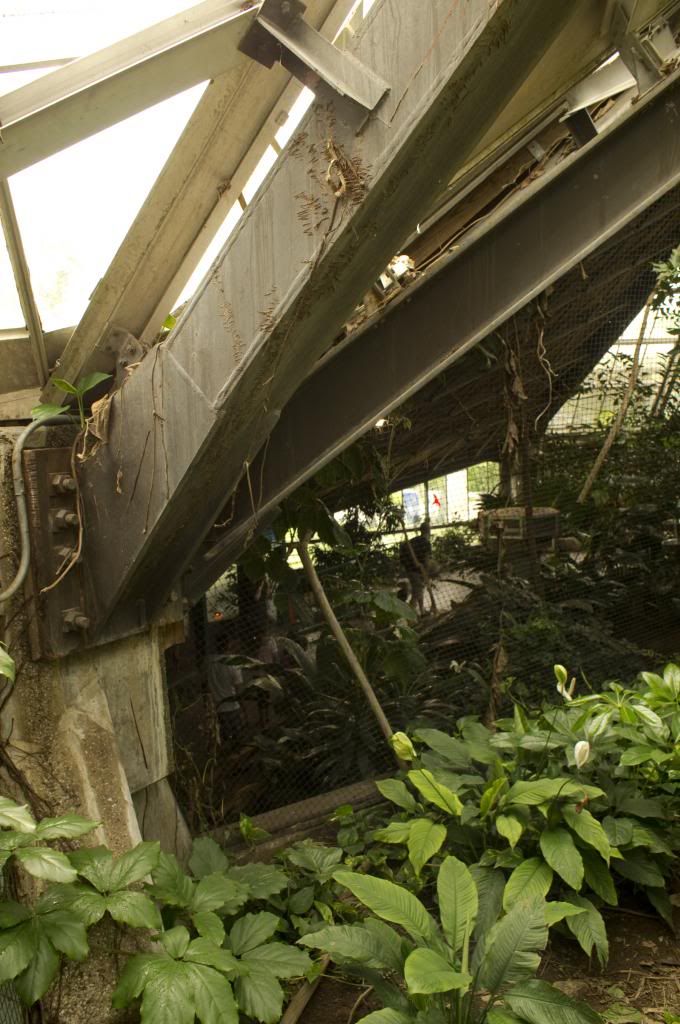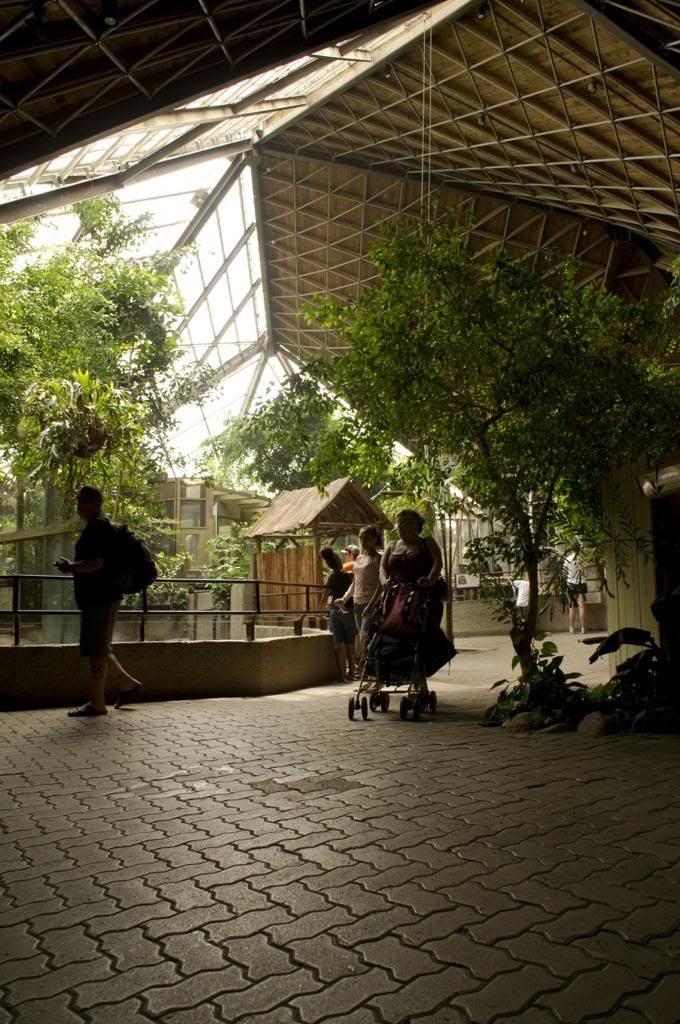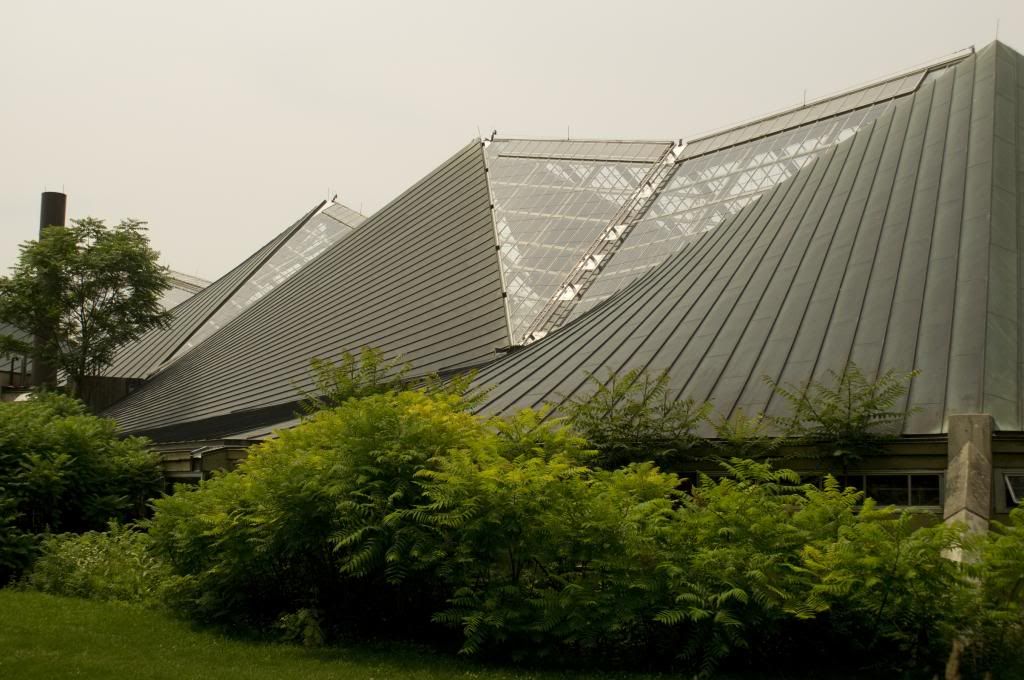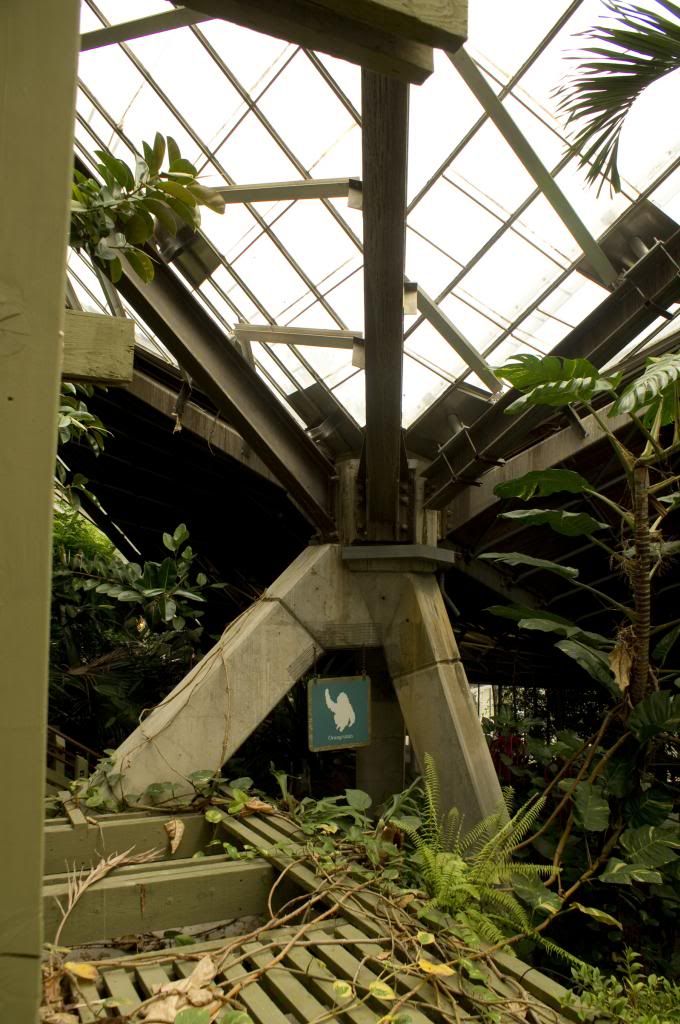LowPolygon
Senior Member
Surprised me too - I was looking for the first photo, which shows the complex that is currently being demolished being built(?) and in the same group I found those other photos. I didn't realize 'til after I posted them that it's the same pool.
Where is that pool? I was trying to figure out where it is in relation to the townhouses at the sw corner of Don Mills and Sheppard.
it's north of Sheppard. you enter off of Esterbrooke and walk a long path, and down a steep flight of stairs to the pool (red arrow). one of the interesting things about the whole Don Valley Village complex (and something not visible on Google maps) is how interesting the terrain is. you really get the feeling that the whole thing was built on a series of rolling hills.
the yellow arrow points to the circular townhouse development on the right in the Spanish Villas photo you posted.
